I admit that my knowledge of puppet history is pretty limited. I’m aware of Asian shadow puppetry, Punch and Judy and Carnival puppets. That was pretty much it, so I started to investigate with the ever so helpful Google.
What I discovered was overwhelming, since puppets of all types are found all over the world. What is fascinating is that what I now think of as a form of entertainment and toys began as tools for religious ceremonies. Puppets were used as ritual objects that were animated to either evoke or invoke supernatural forces.
What is a Puppet?
A puppet is any inanimate object that is made to come alive through motion by the process of manipulation. At the heart of puppetry is the action of setting these objects into motion in such a way to create a character that appears to come alive. That character could be a person, animal, insect, alien or even a thing like a toaster. The movements of a puppet are controlled or manipulated by hands, rods, strings or mechanics.
Types of Puppets
Finger Puppets
These are small puppets that fit on your finger.
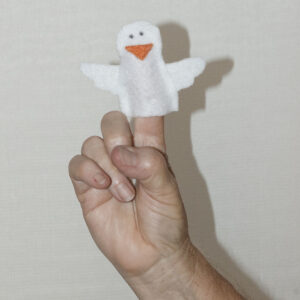
Hand Puppets
There are two types. One is where the puppeteer’s hand operates just the mouth. That is the type of puppet that I make patterns for. Another type is where the fingers operate the head and two hands. I make patterns for this type of puppet also and offer them as a free download.

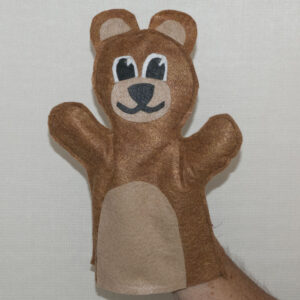
Glove Puppet
A glove that is made to look like an insect or animal where the fingers control 4 legs and the head.
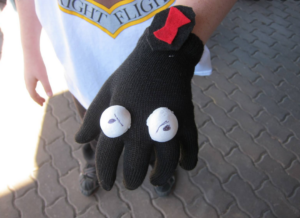
Stick Puppets
A picture is glued to a craft stick.
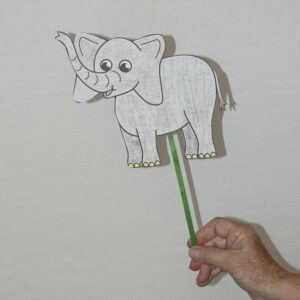
Paper Bag Puppets
Simple puppets made from paper bags.
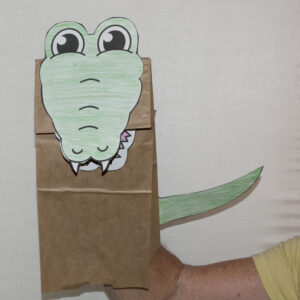
Sock Puppets
Kids love making sock puppets because the sock can be decorated to look like an animal or people or anything in their imagination.
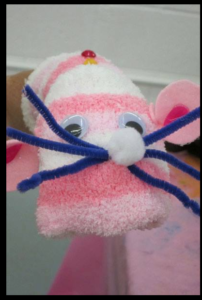
Hand and Rod Puppet
One hand operates the mouth and the other hand operates rods attached to the puppet’s arm or hand.
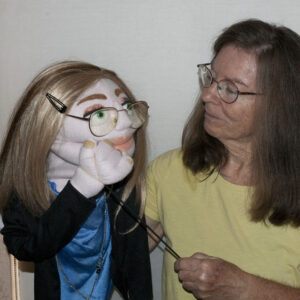
Shadow Puppets
Cut out figures that are held between a source of light and a translucent screen. Even your hands can be used to make animal shapes between a light source and a wall.
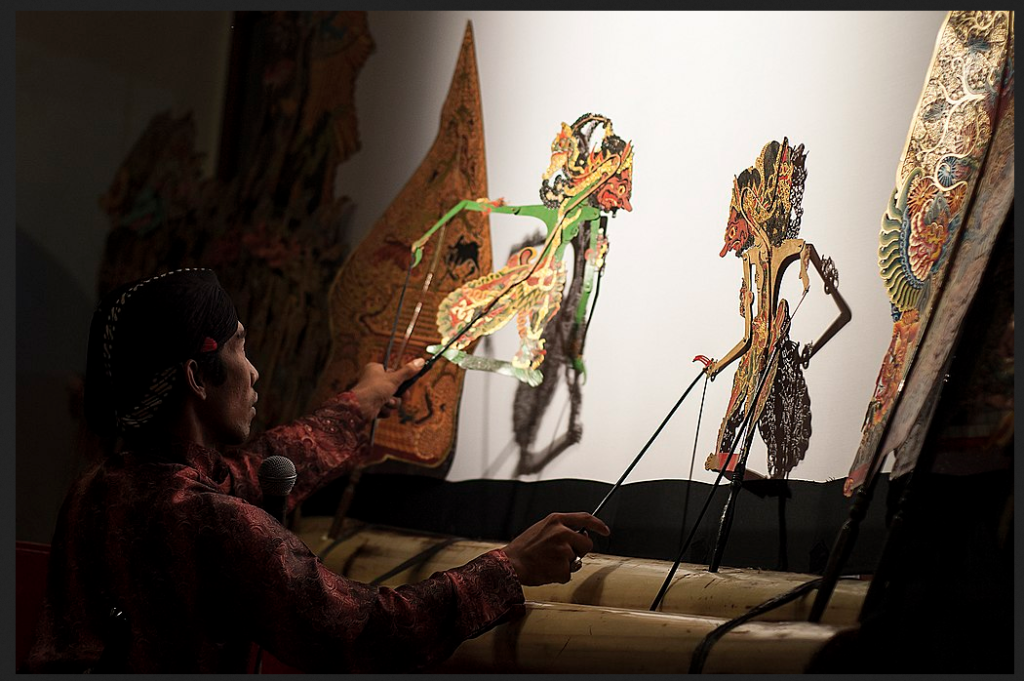
Rod Puppets
A rod puppet is usually manipulated from below with a central rod which supports and controls the head while two smaller rods control the arms. Think of Rizzo the Rat of the Muppets.
Live Hand Puppets
The Muppets utilize this type of puppet quite a bit. Usually live hand puppets are operated by two puppeteers. One puppeteer operates the mouth and the other supplies the two hands of the puppet. Again, think of the Muppets. One puppeteer operates the mouth of Rowlf the piano playing dog. The other puppeteer wears furry gloves that look like dog paws playing the piano. Whereas with the Swedish Chef, the puppeteer’s hands are uncovered.
Marionette
Marionettes are puppets controlled from above using wires or strings.
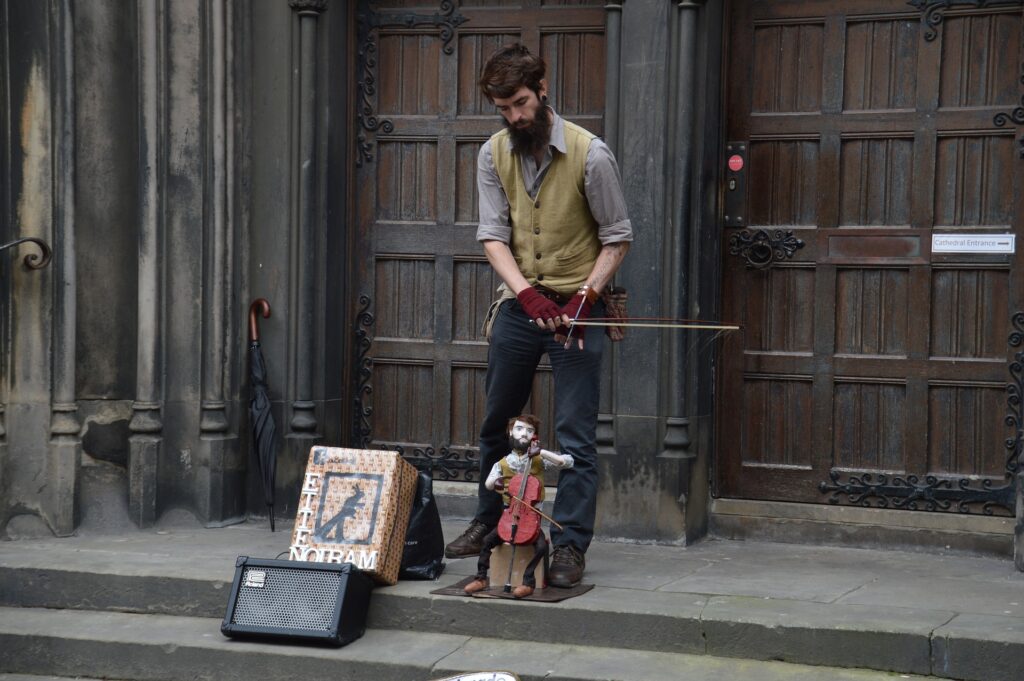
Baltal
It was fun doing the research for this blog because I came across some really interesting types of puppetry that I had never heard of. One in particular is Korean foot puppetry which is puppet play where the puppeteers use their feet! Baltal is a traditional Korean performing art where the human actors exchange jokes with puppets. What makes it fascinating is that the puppeteers manipulate the puppets with their feet and hands. To learn more about this puppetry art go to the Encyclopedia of Korean Folk Culture.
Bunraku
Bunraku is the traditional puppet theater of Japan. Bunraku puppets are about one-half life size. The puppets are operated by a principal operator and two assistants. The puppets don’t have strings. The three puppeteers cooperate to move the limbs, eyelids, eyeballs, eyebrows, and mouths of the puppets which produce life like actions and facial expressions. The puppeteers dress in black to symbolize that they are “invisible” since they are in full view of the audience.
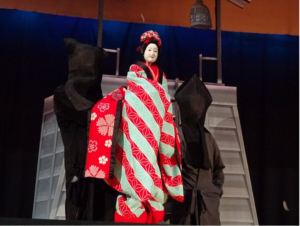
Vietnamese Water Puppets
Puppeteers perform from behind a screen in a waist-deep pool of water by controlling the puppet with a rod and strings. This creates the illusion that the puppets are moving on top of the water. The puppets are made out of fig wood and then lacquered.
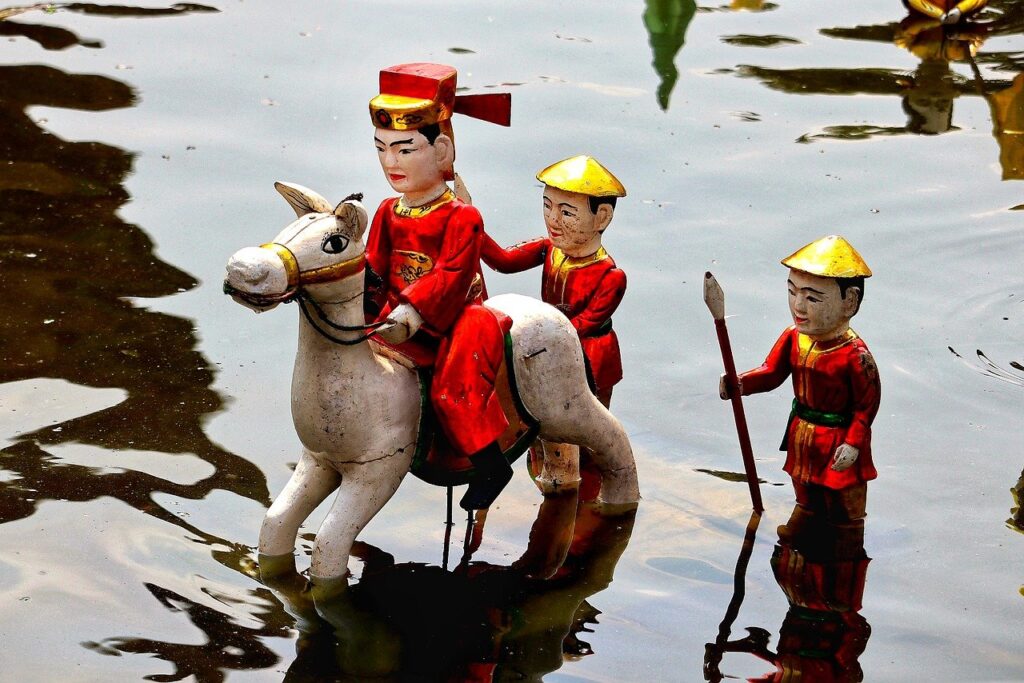
Ventriloquist Puppets
The preferred term is ventriloquists’ figures instead of dummies. Even though ventriloquism is not related to puppetry, the ventriloquists’ figures are true puppets because of their ingenious facial movements. The mouth, eyes and other facial features are controlled by a stick coming down from the puppet’s head. In the past the figures were carved from wood. Now they are made from pliable materials which allows the ventriloquist to give a greater variety of movement in the face.
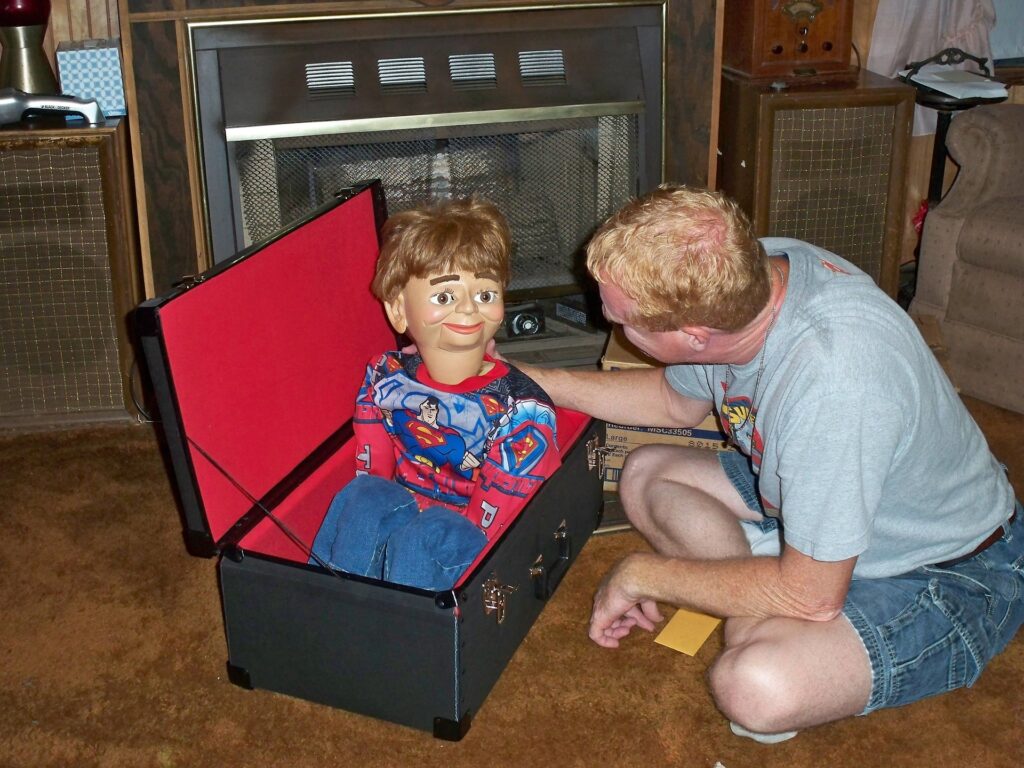
Animatronic Puppets
